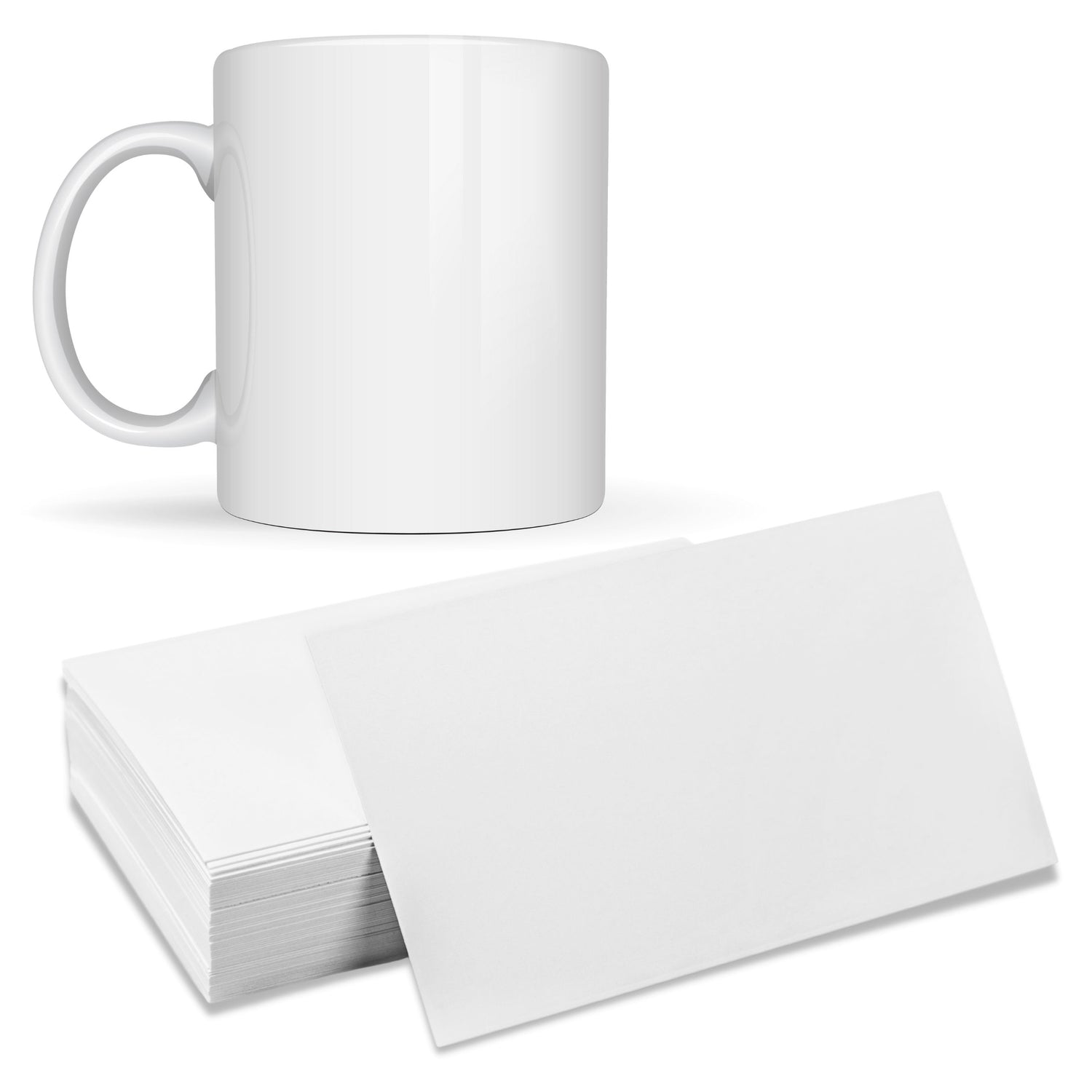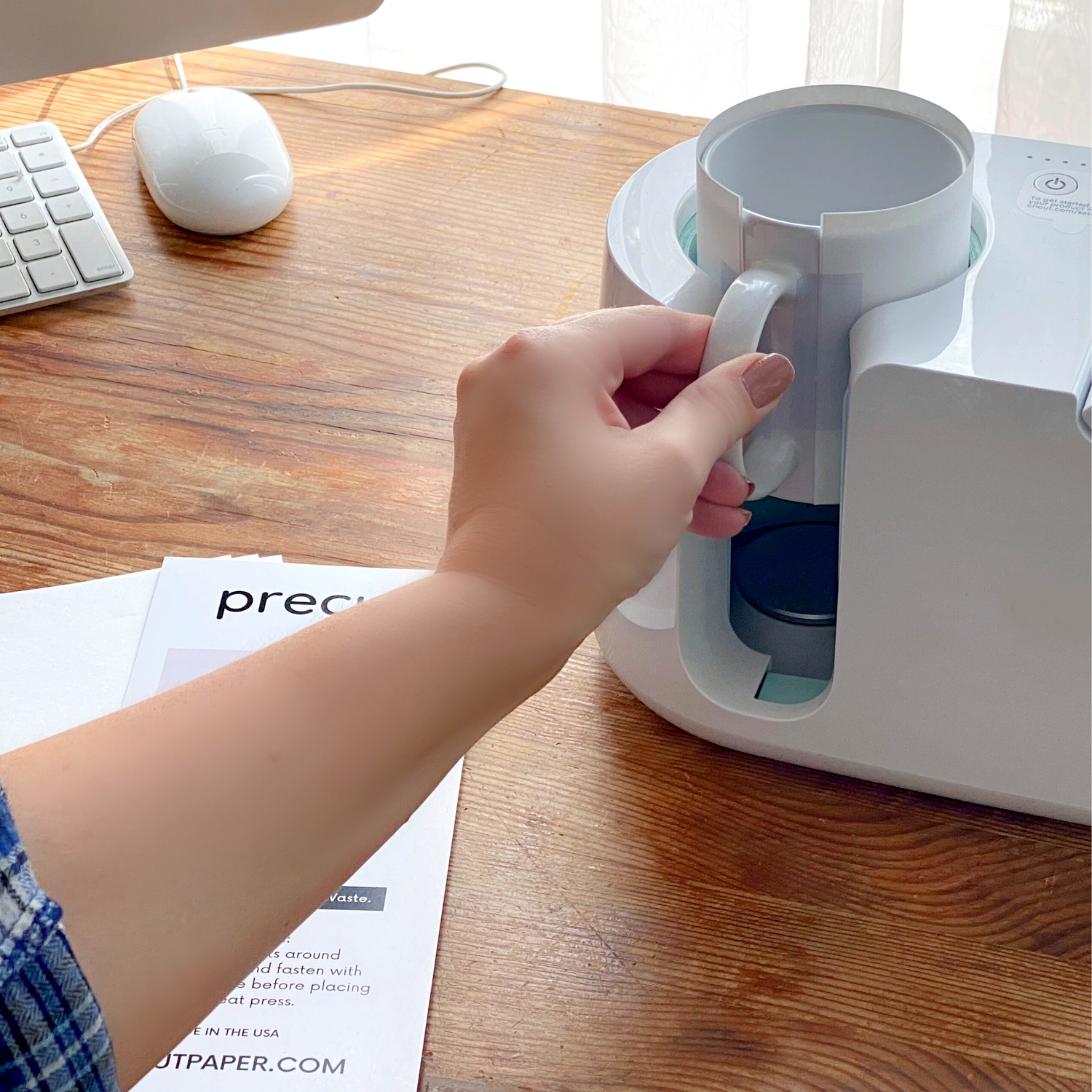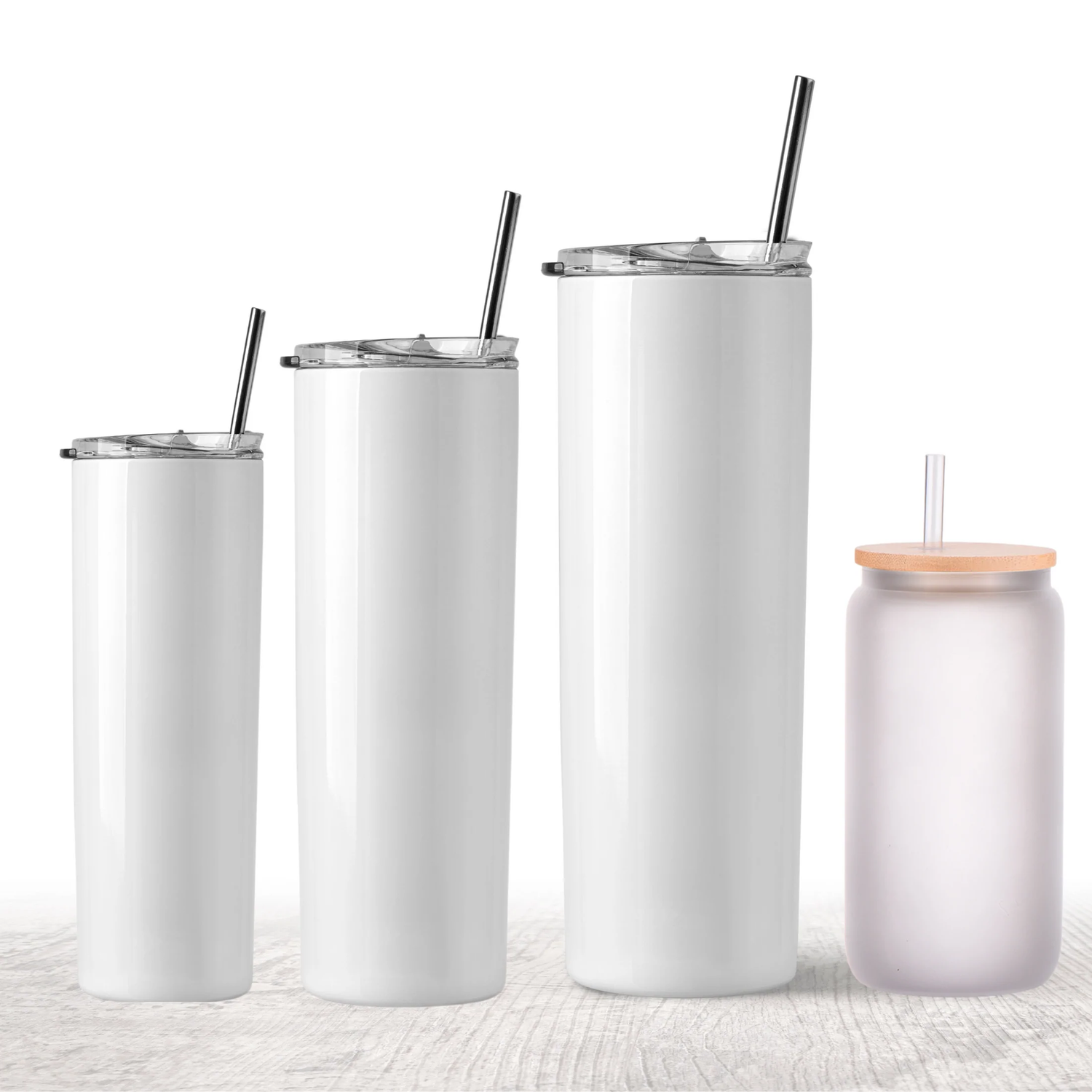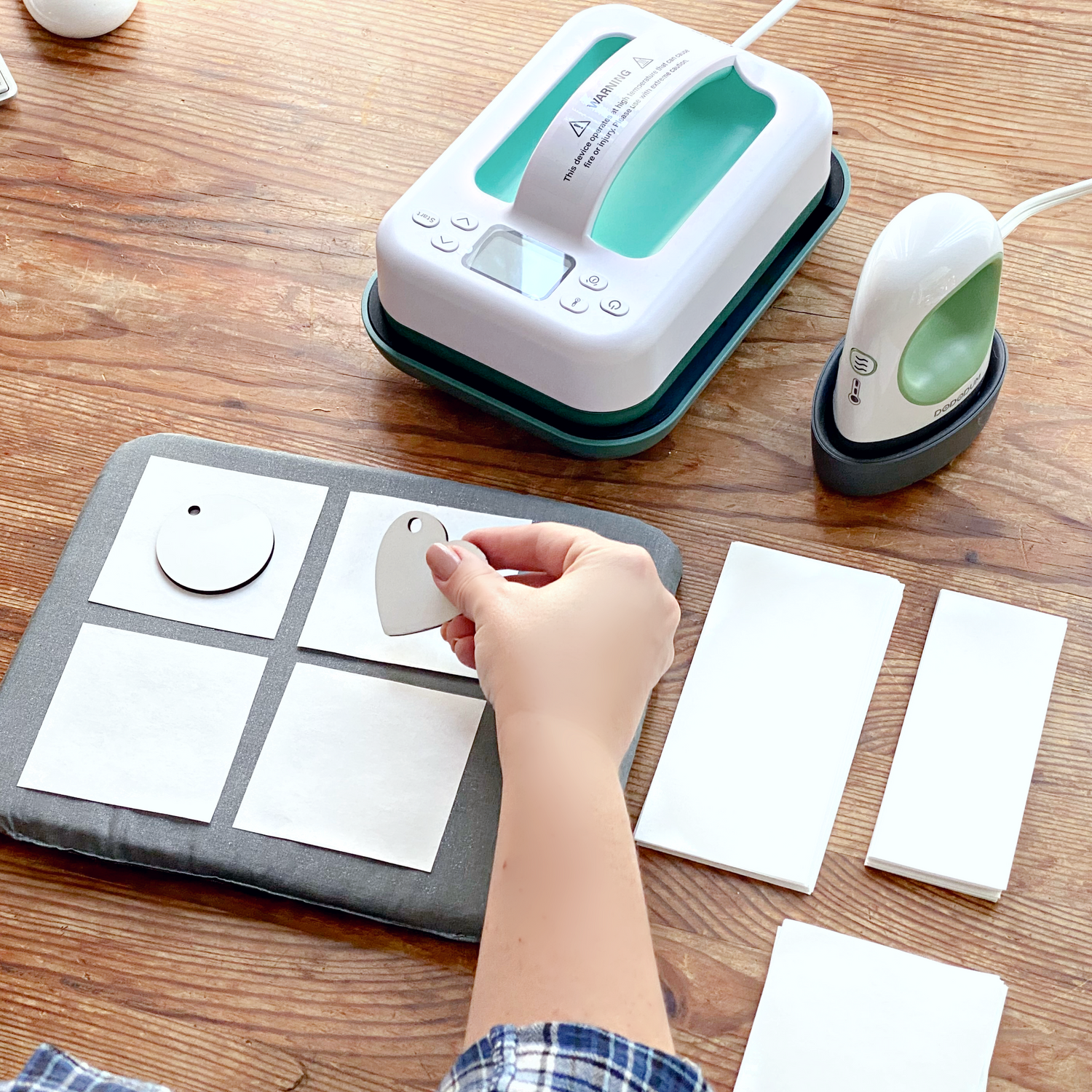
Troubleshooting Guide: Fixing Common Sublimation Mistakes
Every sublimation crafter has been there – you've spent time creating the perfect design, carefully prepared your materials, set your heat press with confidence, and then... the results aren't what you expected. Don't worry! Most sublimation problems have straightforward solutions once you understand what went wrong and why.
The good news is that sublimation troubleshooting follows predictable patterns. Most issues stem from problems with temperature, time, pressure, or materials quality. By learning to identify these problems and their solutions, you'll save time, materials, and frustration while consistently producing professional results.
The Most Common Problems and Their Solutions
Problem: Faded or Washed-Out Colors
What You See: Your vibrant design looks pale, dull, or barely visible on the finished product.
Most Likely Causes:
- Temperature too low for proper sublimation
- Insufficient pressing time
- Poor contact between transfer and substrate
- Low-quality or expired sublimation inks
- Substrate not suitable for sublimation
Solutions to Try:
- Increase temperature by 10-15°F and test again
- Add 10-15 seconds to your pressing time
- Check pressure settings – ensure you're using medium to heavy pressure
- Verify substrate compatibility – ensure it's polyester or has polymer coating
- Test ink quality by printing a color chart and comparing to previous results
- Replace protective materials if they're old or contaminated
Prevention: Always test new substrates with a small sample before committing to large projects.
Problem: Blurry or "Blown Out" Images
What You See: Your design looks fuzzy, with colors bleeding beyond their intended boundaries, or text that's difficult to read.
Most Likely Causes:
- Temperature too high, causing inks to spread too rapidly
- Excessive pressing time
- Transfer paper moving during the pressing process
- Poor quality or inappropriate transfer paper
- Substrate overheating
Solutions to Try:
- Reduce temperature by 10-20°F
- Decrease pressing time by 10-15 seconds
- Secure transfer paper with heat-resistant tape to prevent movement
- Upgrade transfer paper quality – cheap paper often causes bleeding
- Use proper protective materials to prevent overheating
- Check heat press calibration – actual temperature may differ from display
Prevention: Always secure your transfer paper and use quality materials throughout the process.
Problem: Ghosting (Double or Shadow Images)
What You See: A faint duplicate image appears next to your main design, or you see a shadow effect.
Most Likely Causes:
- Transfer paper shifting during or after pressing
- Opening the heat press too soon and disturbing the transfer
- Inadequate protective barrier allowing paper to stick
- Poor quality transfer paper that doesn't release cleanly
- Inconsistent pressure across the press surface
Solutions to Try:
- Use heat-resistant tape to secure transfer paper before pressing
- Wait for complete cooling before removing transfer paper
- Use fresh, quality protective paper for each press
- Check press plate alignment and evenness
- Upgrade to premium transfer paper that releases cleanly
- Apply consistent, even pressure across the entire surface
Prevention: Always use proper protective materials and resist the urge to peek before cooling is complete.
Problem: Uneven Color Distribution
What You See: Some areas of your design are darker or lighter than others, creating a patchy appearance.
Most Likely Causes:
- Uneven pressure across the heat press surface
- Warped or damaged heat press plates
- Inconsistent or inadequate protective materials
- Substrate not lying completely flat
- Foreign objects (dust, lint) between transfer and substrate
Solutions to Try:
- Check heat press calibration and plate condition
- Use thicker, more consistent protective materials for better pressure distribution
- Pre-press substrates to remove wrinkles and ensure flatness
- Clean work surfaces and inspect for debris
- Use multiple layers of protective paper if needed for even heat distribution
- Test pressure settings with scrap materials
Prevention: Maintain your equipment regularly and always use clean, properly sized protective materials.
Problem: Colors Not Matching Your Design
What You See: The finished colors look different from what you designed or expected.
Most Likely Causes:
- Color profile differences between screen and printer
- Working in RGB instead of CMYK color mode
- Monitor not properly calibrated
- Printer color settings incorrect
- Substrate color affecting final appearance
- Sublimation ink characteristics not accounted for
Solutions to Try:
- Create a color reference chart using your actual equipment and substrates
- Work in CMYK color mode when possible
- Adjust design colors based on test results
- Calibrate your monitor for more accurate color representation
- Check printer color management settings
- Account for substrate base color in your design
Prevention: Always create test prints on your actual substrates before final production.
Problem: Transfer Paper Sticking to Substrate
What You See: The transfer paper won't release cleanly, leaving paper residue on your finished piece.
Most Likely Causes:
- Temperature too high, causing paper to bond with substrate
- Excessive pressing time
- Poor quality transfer paper
- Inadequate protective barriers
- Substrate overheating
Solutions to Try:
- Reduce temperature by 15-20°F
- Decrease pressing time
- Upgrade to premium transfer paper
- Allow proper cooling time before attempting removal
- Use quality protective materials to regulate heat transfer
- Gently score paper edges before removal if needed
Prevention: Use quality materials and proper time/temperature settings for your substrate.
Advanced Troubleshooting Techniques
Creating Test Samples
Before troubleshooting, create systematic test samples:
- Use the same design on multiple pieces
- Vary one parameter at a time (temperature, time, or pressure)
- Document each variation carefully
- Keep samples for future reference
The Process of Elimination
When facing multiple issues:
- Start with the basics – verify substrate compatibility
- Check one variable at a time – don't change temperature AND time simultaneously
- Use known-good materials to isolate equipment issues
- Document everything to avoid repeating unsuccessful attempts
Equipment Calibration
Regular equipment maintenance prevents many problems:
- Temperature verification with an infrared thermometer
- Pressure gauge calibration if available
- Timer accuracy checks
- Heat plate cleaning and inspection
The Role of Quality Materials in Problem Prevention
Many sublimation problems can be traced back to material quality issues:
Substrate Quality
- Coating consistency affects transfer uniformity
- Base material quality impacts durability
- Size accuracy ensures proper fit and coverage
Transfer Paper Quality
- Coating uniformity prevents bleeding and sticking
- Release characteristics ensure clean separation
- Ink holding capacity affects color vibrancy
Protective Materials
This is where many crafters unknowingly create problems. Quality protective materials like properly sized butcher paper:
- Distribute heat evenly across the transfer surface
- Absorb excess moisture that can interfere with sublimation
- Prevent contamination from previous projects
- Provide consistent barrier thickness for reliable results
Using precut protective materials eliminates the variability of hand-cutting and ensures you always have the right size for consistent coverage.
Prevention Strategies
Consistent Workflow
Develop and stick to a consistent process:
- Workspace preparation and cleaning
- Material inspection before use
- Equipment warm-up and calibration check
- Test sample creation for new projects
- Systematic documentation of settings and results
Quality Control Checkpoints
- Pre-press inspection of all materials
- Mid-process monitoring (if doing multiple pieces)
- Post-press evaluation before removing protective materials
- Final quality assessment after cooling
Material Storage and Handling
- Store inks and papers in appropriate conditions
- Keep protective materials clean and properly sized
- Inspect substrates for defects before use
- Maintain equipment according to manufacturer recommendations
When to Seek Help
Some problems may indicate equipment issues beyond simple troubleshooting:
- Consistent temperature variations across the press surface
- Mechanical problems with pressure application
- Electrical issues affecting heat distribution
- Repeated failures despite following proper procedures
Don't hesitate to contact equipment manufacturers or experienced sublimation communities when facing persistent problems.
Building Your Troubleshooting Skills
Keep a Problem Log: Document issues, solutions tried, and results. This becomes invaluable reference material.
Join Communities: Online sublimation groups are excellent resources for troubleshooting advice and shared experiences.
Practice Systematically: Don't just fix problems – understand why they occurred to prevent recurrence.
Invest in Quality: Many problems disappear when you upgrade to better materials and equipment.
Remember, every sublimation expert started as a beginner who made mistakes. The key is learning from each problem and building a knowledge base that helps you consistently produce professional results. With patience and systematic troubleshooting, you'll soon be helping other crafters solve their sublimation challenges.
Ready to solve your sublimation mysteries? Download our Troubleshooting Flowchart and Problem-Solution Quick Reference Guide to help you quickly identify and fix common issues.
What's the most frustrating sublimation problem you've encountered?











